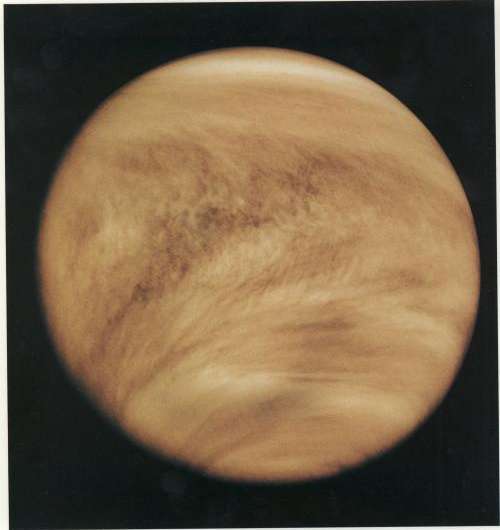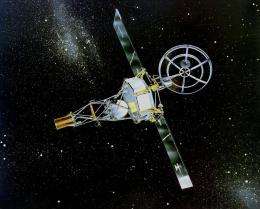Missions that weren't: NASA's manned mission to Venus

In the mid-1960s, before any Apollo hardware had flown with a crew, NASA was looking ahead and planning its next major programs. It was a bit of a challenge. After all, how do you top landing a man on the Moon? Not wanting to start from scratch, NASA focused on possible missions that would use the hardware and software developed for the Apollo program. One mission that fit within these parameters was a manned flyby of our cosmic twin, Venus.
As one of our neighbouring planets, a mission to Venus made sense; along with Mars, it’s the easiest planet to reach. Venus was also a mystery at the time. In 1962, the Mariner 2 spacecraft became the first interplanetary probe. It flew by Venus, gathered data on its temperature and atmospheric composition before flying off into a large heliocentric orbit. But there was more to learn, making it a destination worth visiting.
But beyond being relatively practical with great potential for scientific return, a manned mission to Venus would prove that NASA’s spacecraft and astronauts were up for the challenges of long-duration interplanetary flight. In short, it would give NASA something exciting to do.
The mission proposal was published early in 1967. It enhanced the Apollo spacecraft with additional modules, then took the basic outline of an Apollo mission and aimed it towards Venus instead of the Moon.

The crew would launch on a Saturn V rocket in November of 1973, a year of minimal solar activity. They would reach orbit in the same Command and Service Modules (CSM) that took Apollo to the Moon. Like on Apollo, the CSM would provide the main navigation and control for the mission.
Going to the Moon, Apollo missions had the crew turn around in the CSM to pull the LM out of its launch casing. On the mission to Venus, the crew would do the same, only instead of an LM they would dock and extract the Environmental Service Module (ESM). This larger module would supply long-duration life support and environmental control and serve as the main experiment bay.
With these two pieces mated, the upper S-IVB stage of Saturn V would propel the spacecraft towards Venus. Once its fuel store was spent, the crew would repurpose the S-IVB into an additional habitable module. Using supplies stored in the ESM, they would turn the rocket stage into their primary living and recreational space. On its outside, an array of solar panels would power each piece of the spacecraft throughout the mission.
The crew would spend 123 days traveling to Venus. Ten hours of each day would be dedicated to science, mainly observations of the solar system and beyond with a telescope mounted in the ESM. UV, X-ray, and infrared measurements could create a more complete picture of our corner of the universe. The rest of each day would be spent sleeping, eating, exercising, and relaxing — a full two hours of every day would be dedicated to unstructured leisure, a first for astronauts.
Like Mariner 2 before them, the crew would flyby Venus rather than go into orbit. They would only have 45 minutes to do close optical observations and deploy probes that would send back data on the Venusian atmosphere in realtime.
After the flyby, the spacecraft would swing around Venus and start its 273 day trip back to Earth. Like on an Apollo lunar mission, the crew would transfer back into the Command Module before reentry taking anything that had to return to Earth with them. They would jettison the S-IVB, the ESM, and the Service Module, switch the CM to battery power, and plunge through the atmosphere. Around December 1, 1974, they would splashdown somewhere in the Pacific Ocean.
Though worked out in great detail, the proposal was a thought experiment rather than something NASA was seriously considering. Nevertheless, Apollo-era technology would have managed the mission.
More information: NASA Manned Venus Flyby Study
Source: Universe Today



















